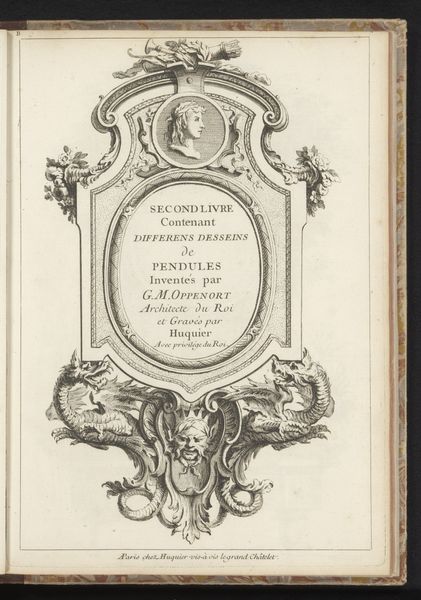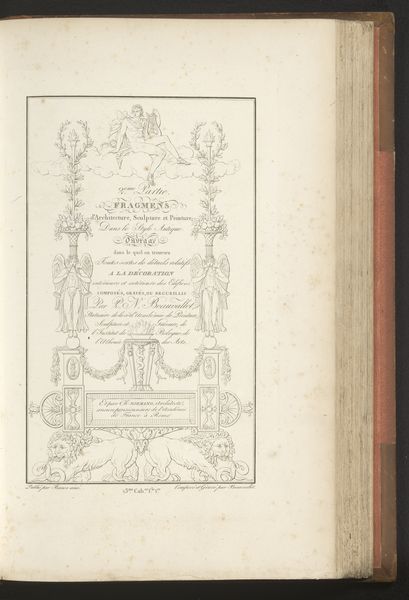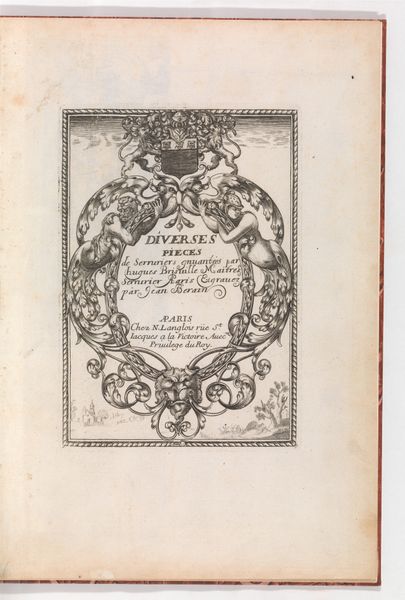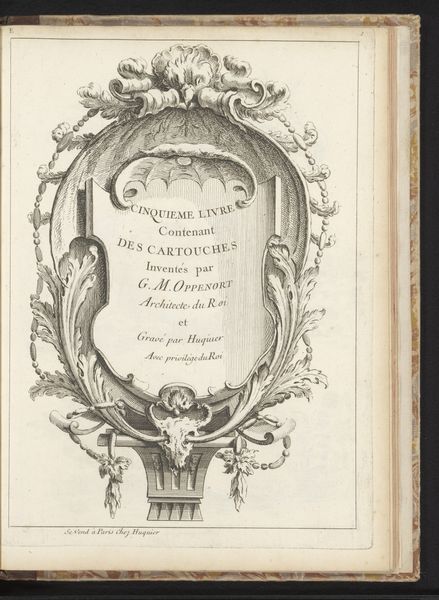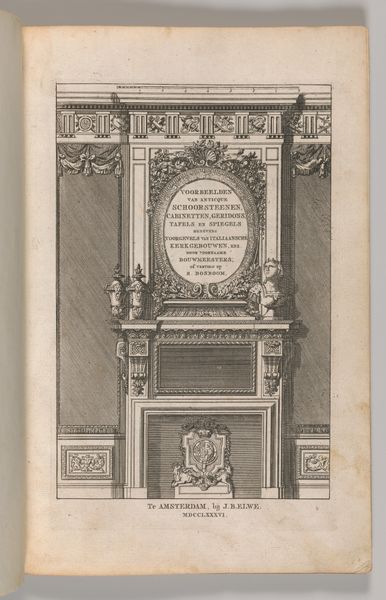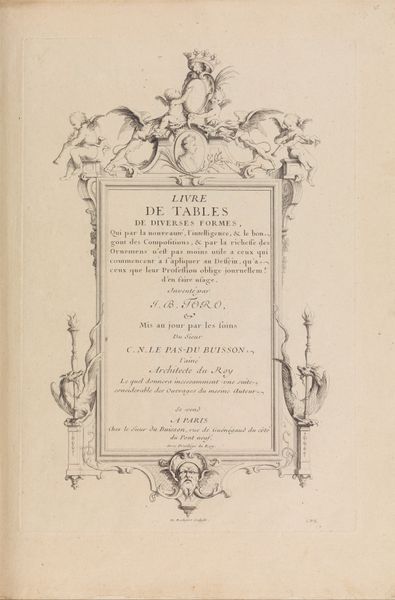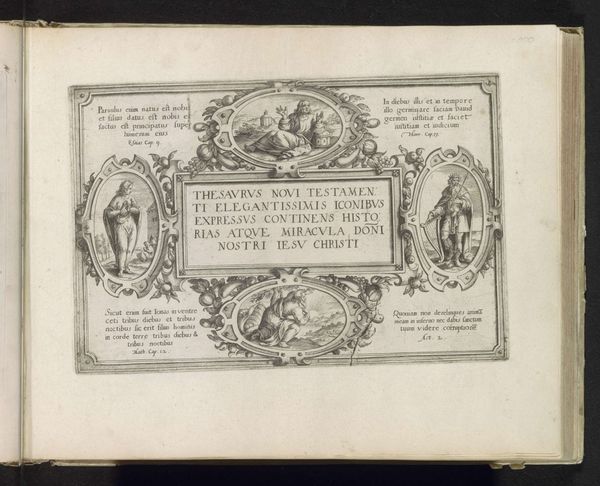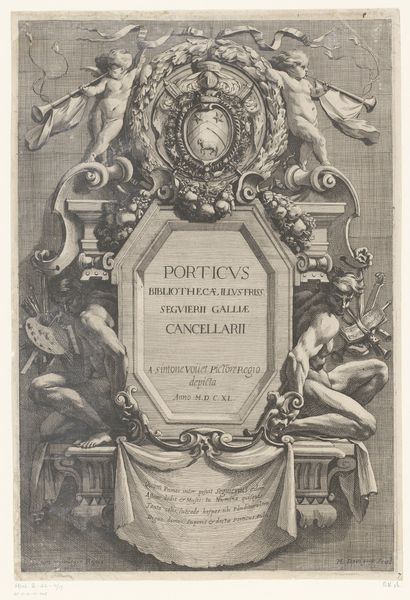
Istruzione elementare per gli studiosi della scultura 1802
0:00
0:00
print, paper, engraving
#
portrait
#
neoclacissism
#
book binding
# print
#
paper
#
history-painting
#
academic-art
#
italian-renaissance
#
italy
#
engraving
Dimensions: 4 unnumbered pages, XXXVII pages, XVII leaves of plates : illustrations ; Height: 11 7/16 in. (29 cm)
Copyright: Public Domain
Editor: This is Francesco Carradori’s “Istruzione elementare per gli studiosi della scultura,” or "Elementary Instruction for Students of Sculpture," from 1802, an engraving printed on paper. It feels like a portal into another era of artistic learning. What symbols or historical references do you find most striking in this piece? Curator: What immediately grabs me is the symbolic language embedded within the seemingly simple illustration. The three women at the base, almost like the three graces, actively engaging with the portrait. To me, they suggest the journey from raw talent to refined artistry, where dedication allows you to learn from the past masters and create new perspectives. The title is enclosed by what almost appears to be an elaborate monument. What’s your interpretation of the reclining figure at the very top? Editor: An angel figure perhaps represents the divine inspiration and aspiration inherent to the artistic spirit. Does it relate to the references of Italian Renaissance in the information that I see attached to this print? Curator: Precisely! This visual vocabulary directly connects to the Renaissance's re-exploration of classical ideals of beauty, harmony, and the value of history. By the 19th century, you see artists invoking history and symbolism as a visual language for cultural and artistic memory, but now with an air of scientific authority befitting of a textbook like this. Notice how the architectural structure that frames the text also creates an altar-like space for that central portrait of the royal patron, emphasizing knowledge’s sacral status and the patron’s role in facilitating the arts. It suggests that education, artistic training, and the divine spirit are intertwined with history and authority. Does this piece make you rethink the connections between art, power, and the past? Editor: It absolutely does. It shows how deeply knowledge is linked with power and history and how the visual elements come together. I will think of all those relations next time I study art. Curator: It is wonderful to be aware of such a depth of interwoven references. This way we can be more sensitive to the cultural memory that resonates through imagery.
Comments
No comments
Be the first to comment and join the conversation on the ultimate creative platform.

